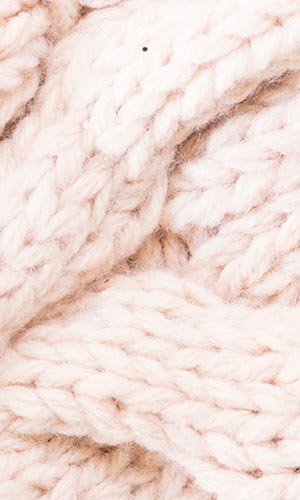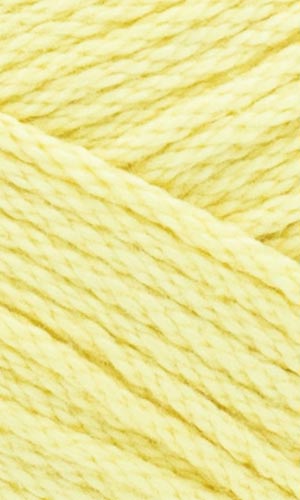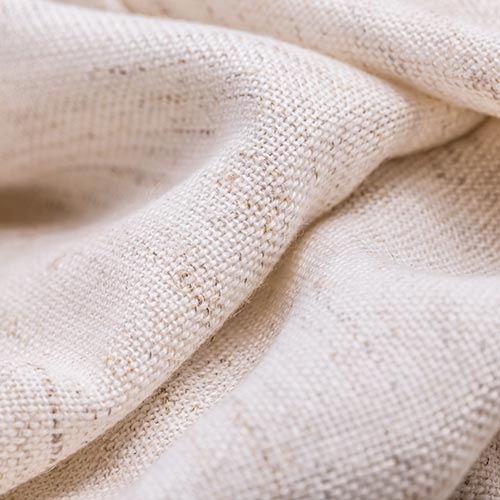Guide to Knitting Yarns
Choosing the right yarn is essential for any knitting project. The type of yarn you use affects the texture, drape, and overall look of your finished piece. Here’s a guide to the most common types of knitting yarns and their characteristics.

1. Wool
Wool is one of the most popular yarns due to its warmth and elasticity.
Merino Wool – Soft and fine, ideal for garments that are worn close to the skin.
Shetland Wool – Strong and slightly coarse, great for outerwear.
Superwash Wool – Treated to prevent felting, making it machine washable.
Best for: Sweaters, hats, scarves, and warm blankets.
2. Cotton
Cotton yarn is strong, smooth, and lightweight, making it perfect for warm-weather garments and household items.
Absorbs moisture well
Less elasticity compared to wool
Ideal for dishcloths, summer tops, and baby clothes
Best for: Dishcloths, summer tops, baby clothes, and market bags.

3. Acrylic
Acrylic yarn is a synthetic fiber that’s budget-friendly and versatile.
- Soft and lightweight
- Available in a wide range of colors
- Machine washable and resistant to wear
- Less breathable than natural fibers
Best for: Blankets, scarves, and beginner-friendly projects.
4. Alpaca
Alpaca yarn is known for its luxurious softness and warmth.
- Warmer than wool
- Silky texture
- Less elastic, so it can stretch out over time
Best for: Sweaters, shawls, and warm accessories.
5. Silk
Silk yarn is smooth, shiny, and strong.
Excellent drape
Adds a sheen to finished pieces
Can be blended with other fibers to improve strength and texture
Best for: Lightweight scarves, wraps, and delicate tops.
6. Bamboo
Bamboo yarn is soft, lightweight, and eco-friendly.
Naturally antibacterial
Highly breathable
Drapes beautifully, but lacks elasticity
Best for: Summer tops, baby clothes, and soft blankets.
7. Linen
Linen yarn is made from flax fibers and has a crisp texture.
Strong and durable
Becomes softer with each wash
Ideal for summer wear
Best for: Summer garments, dish towels, and lightweight scarves.
8. Blended Yarns
Blended yarns combine different fibers to enhance their properties.
Wool + Nylon – Adds strength to socks and outerwear
Cotton + Acrylic – Creates softness and durability
Alpaca + Silk – Adds warmth and sheen
Best for: Socks, outerwear, and versatile projects.

Conclusion
Understanding the different types of yarn will help you choose the best material for your project. Experimenting with various fibers and textures will also allow you to discover what works best for you. Happy knitting!
